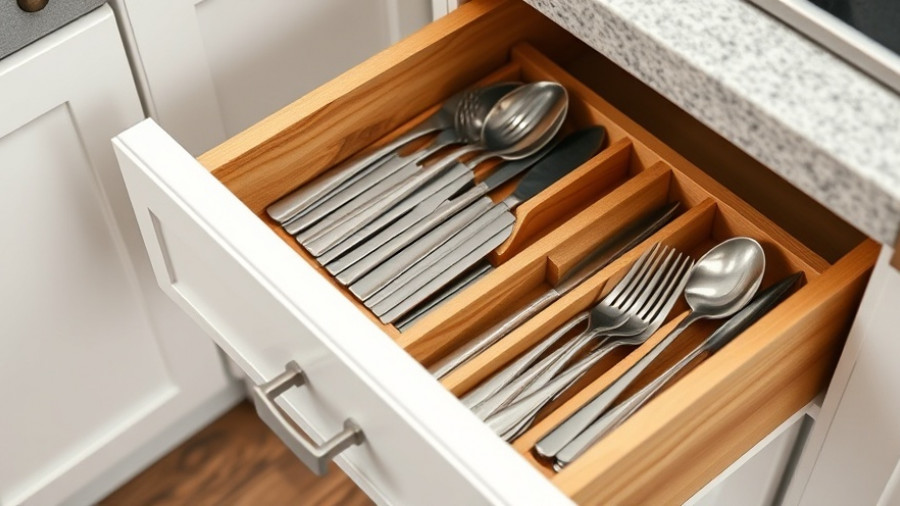
The Importance of Gutter Maintenance as Autumn Approaches
As summer fades and autumn ushers in cooler temperatures and falling leaves, homeowners must shift their focus to seasonal home maintenance. One critical area of attention? Your gutters. These often-overlooked components play a vital role in directing rainwater away from your home, preventing foundation damage, mold, and more.
In #2546 – A New Leaf in Gutter Maintenance, the discussion dives into home maintenance as temperatures drop, prompting an analysis of how these insights apply to homeowners.
Why Clean Gutters Matter
Clogged gutters can wreak havoc on your home. When they overflow, water can seep into your foundation, leading to serious structural issues. This is compounded by additional problems like roof leaks and mold, making gutter maintenance not just a chore, but a necessity. Experts recommend cleaning your gutters at least twice a year—and fall is the ideal time, once the leaves have settled.
The Best Tools for the Job
Before getting started with gutter cleaning, you’ll want to gather the right tools. Make sure to have a sturdy ladder, gloves for protection, a scoop for debris, and a hose for rinsing. If climbing ladders isn't your thing, consider using gutter cleaning wands that allow you to clean from the ground.
Inspecting Your Roof: Catching Problems Early
It's not just gutters that need your attention; your roof deserves a thorough check as well. Did you know that most roof leaks don't show visible signs until they've caused considerable damage? Regular professional roof inspections can help identify potential issues before they become costly repairs. Companies like RoofMax offer free professional roof inspections that can save you thousands by detecting minor problems before they escalate.
Seasonal Siding Checks
Homeowners often forget about their siding until it’s too late. With fall weather approaching, now is the perfect time to inspect your home’s exterior. Different siding types, whether vinyl, wood, or brick, require tailored maintenance. For instance, vinyl siding may only need a simple wash, while wood siding requires checking for rot and resealing. Addressing these issues now can prevent further damage during winter months.
Tips for a Smooth Transition to Fall
There’s no denying that transitioning your home from summer to fall can be a busy time. Keep your home organized by decluttering and creating designated storage areas for seasonal items—like sports gear and summer toys—before the chaos of school and holidays kicks in. Sorting through belongings, cleaning areas often neglected, and even vacuum-sealing items can help create a more manageable living space.
Why Taking Action Matters
Procrastination can turn simple maintenance tasks into expensive repairs. Whether it's cleaning your gutters, inspecting your roof, or checking your siding, taking proactive steps will protect your home and ultimately save you time and money. It’s about preserving your investment and ensuring a safe, comfortable environment for your family.
Now is the time to prioritize your home maintenance tasks in preparation for the upcoming season. Don’t wait for those costly repairs to catch you off guard—take initiative today!
 Add Row
Add Row  Add
Add 




Write A Comment